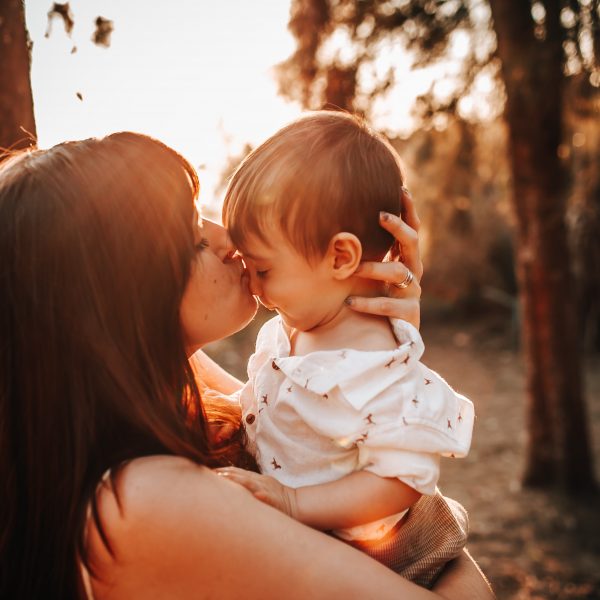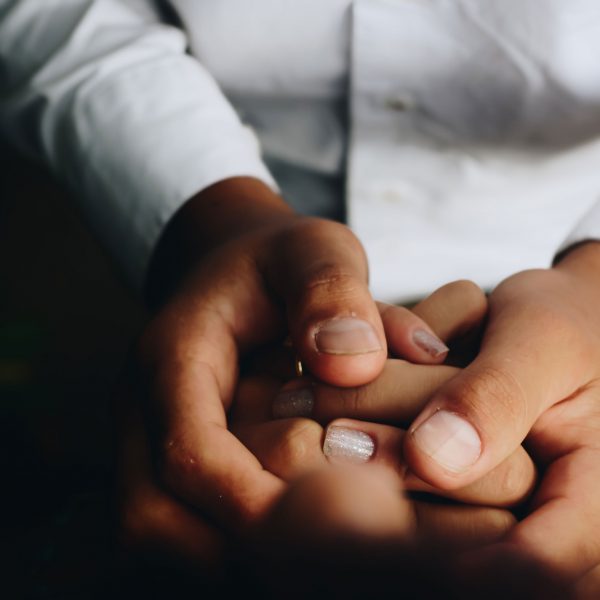New research turns the page on how we understand children’s pain

How children experience pain in early childhood – from grazing their knee through to breaking a bone – can significantly influence how they react and respond to pain into adolescence and adulthood, new research from the University of South Australia (UniSA) has found.
Conducted by Dr Sarah Wallwork, the study investigated how parents and caregivers interact with children when reading picture books that depict pain or injury, and involved the observation of 20 families and their young children (aged between three and six years).
Researchers found that reading books frequently prompted interactions about pain and injury through the characters’ experiences. These included talking about causes of pain and injury, what to do when you’re injured or in pain, and the promotion of empathy and prosocial skills.
“Shared reading experiences present an important opportunity to connect with your child, and in this study, an opportunity to talk about pain and injury,” Dr Wallwork said.
“Through the storybooks’ characters we found parents and caregivers would pause to further explain what was happening within the pages.”
“For example, when Zog the dragon (in Julia Donaldson’s book Zog) bumps his head and gets a bandage, the parent said ‘Whoopsie daisy, because dragons are still learning, aren’t they?’, which linked the injury with learning and that it was normal to make mistakes when you were learning.”
“Similarly, when Zog flew into a tree, the parent said ‘Oh no! That would’ve hurt, wouldn’t it?’ which prompted the child to think about how painful or sore or hurt Zog might be. In this way, the parent is teaching the child about empathy, and appropriate responses.”
Conversely, when pain and injury were depicted in a light-hearted or unrealistic way, parents often responded in a way that showed they were entertained by the character’s misfortune. And while this may seem harmless, the action could inadvertently socialise children to think that accidents and injuries can be funny.
“Learning appropriate and empathetic responses to pain and injury in childhood are valuable for many reasons: they help children learn to understand that some pain is fleeting, that some injuries need the help of others, and that injury and pain are not always intertwined,” Dr Wallwork explained.
“Shared reading of picture books is an ideal way to talk about concepts around pain due to its didactic nature – as opposed to children’s television and movies, where children are often watching on their own and become passive recipients of information.”
Through connecting the narrative and the experiences of the characters’ to a child’s own experiences, concepts are made more relatable for children.
“Essentially,” Dr Wallwork said, “we’re translating learning from the picture books into their own real-life. It all starts with the turn of a page.”
Popular

Policy
Quality
Practice
Provider
Research
Workforce
Child safety at the centre: Building a stronger ECEC system that protects, supports and empowers all
2025-10-28 06:40:20
by Fiona Alston

Policy
Practice
Provider
Quality
Workforce
National child safety training website now live ahead of 2026 sector rollout
2025-10-24 07:45:14
by Fiona Alston

Policy
Quality
Practice
Provider
Workforce
NSW passes nation-leading reforms to strengthen child safety and restore trust in ECEC
2025-10-24 07:15:45
by Fiona Alston


















